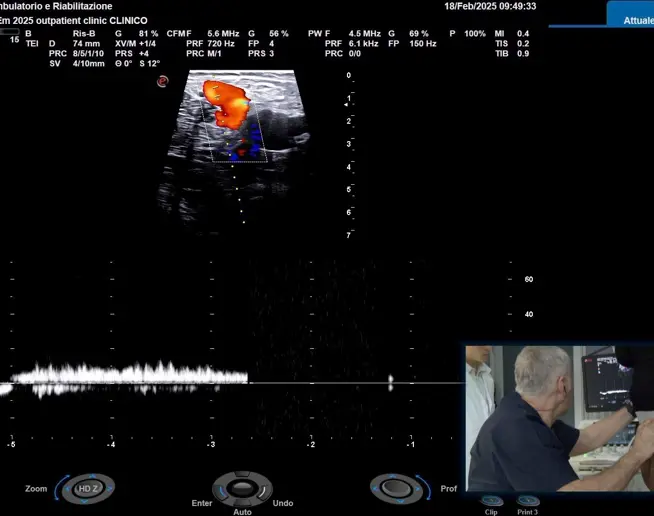International course on venous hemodynamics pathophysiology, diagnosis, and treatment
Knowledge of hemodynamics is essential for better diagnosis and therapeutic strategies in both arterial as well as venous vascular diseases. Fluid mechanics applied to blood circulation is called hemodynamics. The vascular system consists of pumps, valves, and conduits. Its function is vital for tissues as it carries oxygen and nutrients, and drains catabolites.
Improved diagnosis and treatment of vascular diseases is possible through knowledge and understanding of hemodynamics and its pathophysiological relationships. Controversies at national and international levels can be explained by differences in how hemodynamics are understood. This is largely due to different usage of the Echo-Doppler technique.
Clinical semiology is essential because it enables important symptoms and signs to be recognized. However, it must be supplemented by instrumental examinations. A hemodynamic assessment is necessary to define the therapeutic strategy. No other procedure is as effective as Doppler ultrasound in studying hemodynamics, which is the central focus of circulation. For this reason, specialists and researchers need to deepen their knowledge of hemodynamics and Doppler investigation. In this webinar, we addressed the pathophysiology of chronic venous disease by demonstrating echo-Doppler diagnostics and the non-invasive measurement of deep venous pressure. We also demonstrated the implementation of dressings in phlebostatic ulcers and surgical CHIVA procedures.
